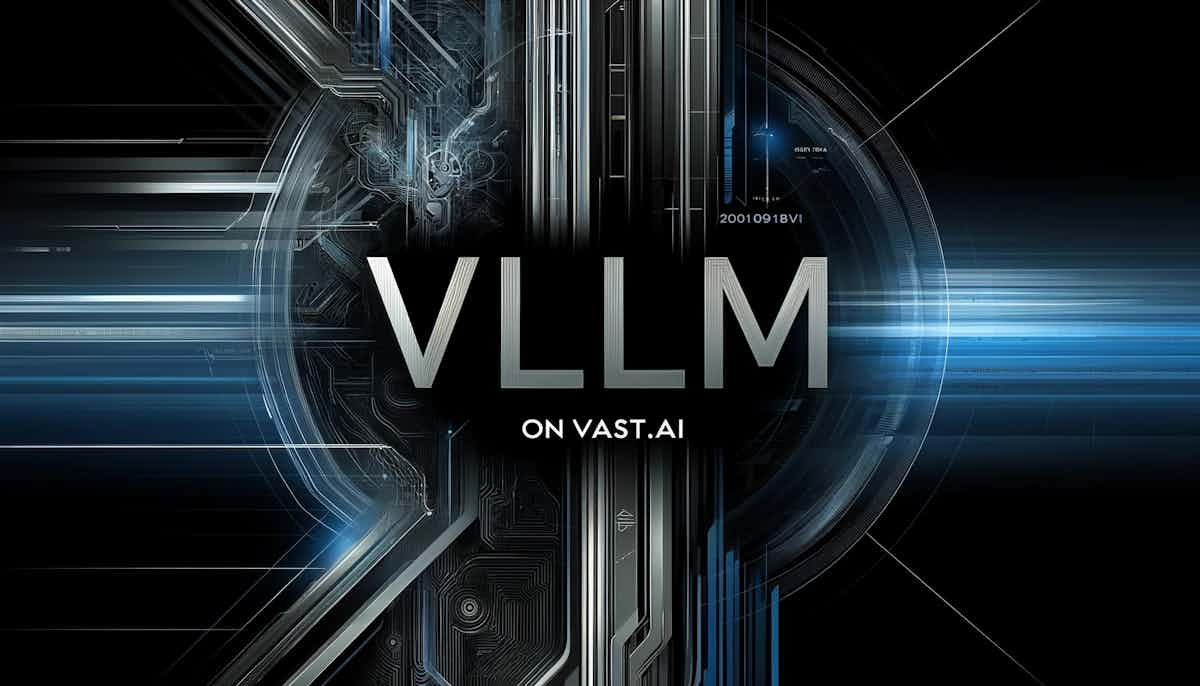LLMs vs. SLMs: What's the Difference, and Why Does It Matter?

By now, just about everyone has either heard of large language models (LLMs) or has used them before. Not as many people are familiar with small language models (SLMs), however.
The names offer a clue – large and small – but size isn't the only thing that sets them apart.
So what are the differences between LLMs and SLMs? When do you actually need a large model, and when might a small one be the better choice?
In this post, we'll answer these questions and more. Here's what you need to know.
Large Language Models vs. Small Language Models
An AI language model is a type of artificial intelligence that is trained on huge text datasets to understand and generate human language. These models use probabilistic machine learning to predict which words are most likely to appear next in a phrase sequence – and, in doing so, are able to generate text that resembles how people actually write and speak.
In practice, this ability is what underpins natural language processing (NLP) systems that let machines interact with us in useful ways.
When it comes to LLMs and SLMs specifically, though, let's look at how the two compare.
What Are LLMs?
With massive parameter counts in the billions and even trillions, most modern LLMs rely on the transformer architecture, which uses a self-attention mechanism to make sense of relationships between words across a sequence. This allows them to model incredibly complex patterns and long-range dependencies in language.
Since they're trained on extensive datasets over a variety of domains, LLMs are highly versatile. They have broad general knowledge and can generalize well across different tasks – even multitasking effectively across domains.
The downside is that training and running LLMs requires significant computational power. It's a resource-intensive process that often involves costly hardware and large-scale distributed computing infrastructure.
What Are SLMs?
At the basic level, an SLM is a smaller version of an LLM. It has fewer parameters – in the millions to low billions – and its architecture is focused on efficiency.
For instance, some SLMs use a sliding window attention mechanism (where the model focuses on a fixed-length "window" that slides across the text), and others rely on techniques like grouped-query attention (GQA), sparse attention patterns, and low-rank adaptation (LoRA) to improve efficiency and lower compute costs.
Unlike LLMs, SLMs are trained on domain-specific data or smaller datasets tailored to particular tasks. Although they may lack broad general knowledge, they do well in their specific domains and can even be fine-tuned for niche or regulated industries like finance and healthcare.
Because of their smaller size, SLMs need less computational power and can often be trained and deployed on more modest hardware.
LLMs vs. SLMs: Strengts and Limitations
Both LLMs and SLMs have advantages and drawbacks. Here's a quick side-by-side comparison of their respective pros and cons:
Model Type | Strengths | Limitations |
|---|---|---|
| LLM | Broad general knowledge across different domains Can handle complex, open-ended tasks with more contextual understanding Greater multimodal potential | Requires extensive compute resources and costly hardware Slower inference and higher latency Not optimized for specific tasks, and higher risk of bias due to unfiltered training data |
| SLM | Easier to fine-tune for specific domains Uses less compute resources Faster inference and lower latency Stronger data control and easier on-prem deployment | Narrower focus and less general knowledge; may require retraining for new tasks Struggles with highly complex or long-context tasks Limited multitasking capability |
So how do you decide which type of model is right for your needs?
Choosing the Right Model
As we've covered, neither model type is universally superior. The value of each one depends on what you're trying to accomplish and the resources you have available. That said, here are some guidelines to keep in mind.
An LLM may be the best choice if:
-
You need a model for open-ended, multi-domain applications such as general-purpose chatbots or creative content generation.
-
Your use case involves long-range context across different subject areas.
-
You have access to powerful compute resources and can manage the costs involved.
An SLM may be right for you if:
-
You prefer a model that is lightweight and efficient, suited for resource-constrained environments.
-
Your application is narrow or domain-specific, such as FAQ bots or translation from one language to another.
-
You want to fine-tune with proprietary data or maintain stricter control in regulated industries.
At the same time, you don't necessarily even have to choose one or the other; a hybrid approach could be the way to go. An SLM can take on routine tasks while an LLM handles more nuanced issues. For instance, you could use an SLM for standard customer queries and escalate more complex problems to an LLM.
Final Thoughts
Both LLMs and SLMs offer unique advantages. Getting the most out of them often depends on having scalable, affordable compute – and that's where Vast.ai comes in.
Our cloud GPU platform gives you the flexibility to run a lightweight SLM on a single GPU or to train a massive LLM across distributed clusters, all at a fraction of the typical cost. With Vast.ai, you can save up to 5–6X compared to traditional cloud providers – and train, fine-tune, and deploy AI models on your own terms.
Ready to get started? Spin up GPUs on demand with Vast.ai today!



